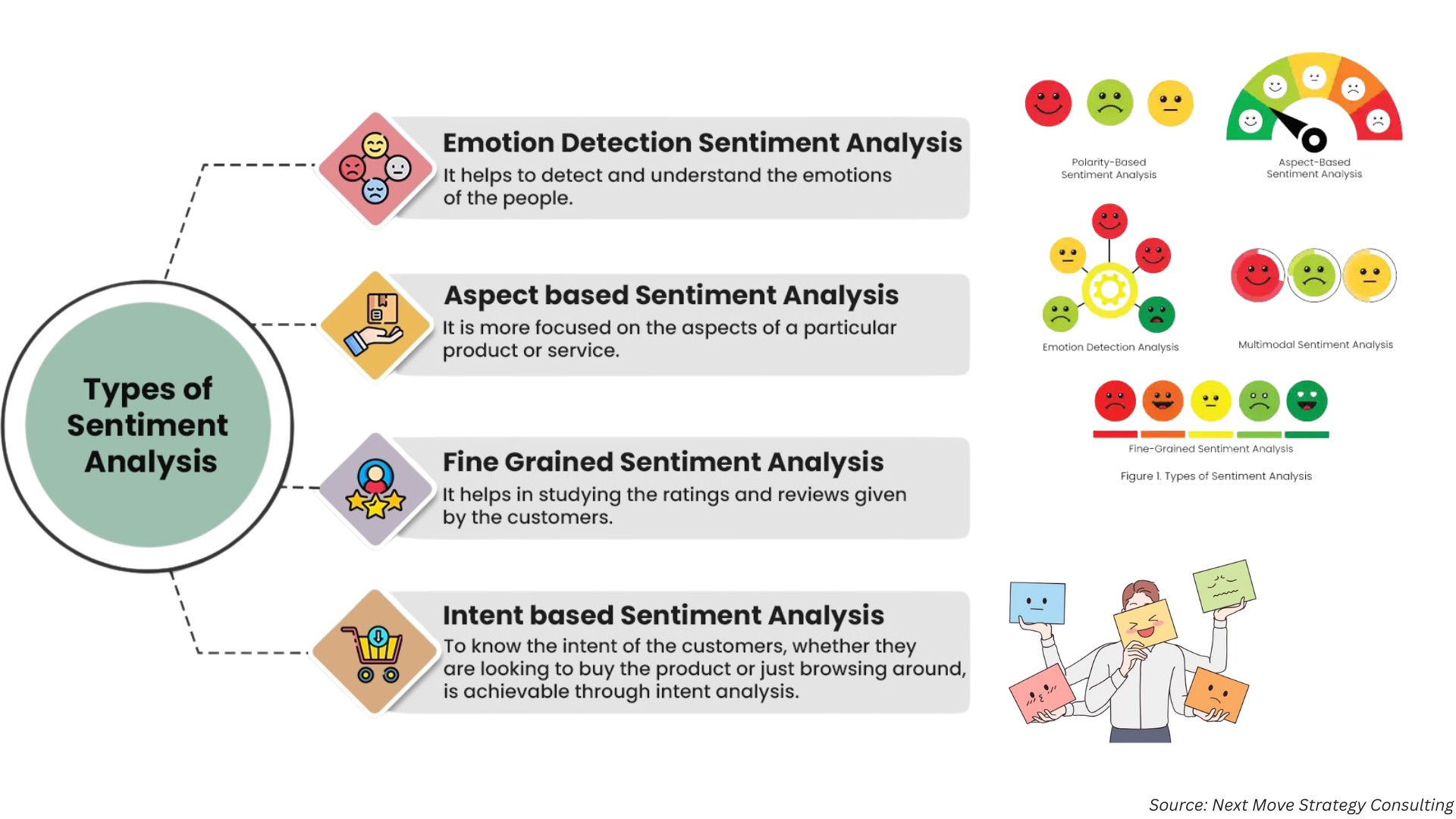Australia Robot Software Market is Expected to Reach USD 763.5 Million by 2030
Published: 2025-02-24
Increasing investments in research and development (R&D), along with rising labour costs and workforce challenges, are driving up the Australia robot software market demand during the forecast period.
The Australia Robot Software Market size was valued at USD 107.6 million in 2023, and is expected to reach USD 763.5 million by 2030, with a CAGR of 31.1% from 2024 to 2030, according to the new research by Next Move Strategy Consulting.
The increase in investments in research and development (R&D) is pivotal in driving the growth of the robot software market in Australia. With both organizations and governments allocating more resources to R&D initiatives, there's a heightened focus on advancing robotics and automation technologies, including robot software.
These investments act as catalysts for innovation, leading to the development of more sophisticated and capable robot software solutions. R&D efforts significantly contribute to enhancing functionalities such as AI integration, refining machine learning algorithms, and developing advanced control systems, empowering robots to execute complex tasks with greater efficiency and autonomy.
Furthermore, R&D investments drive exploration into new applications and use cases for robot software across various industries, expanding the market's potential. By nurturing technological advancements and addressing emerging challenges, increased R&D investments not only stimulate the Australia robot software market growth but also steer the evolution of the industry. Additionally, the rise in labour costs and the persistent challenges in securing skilled workers are significant drivers propelling the Australia robot software market expansion within the country.
With labour expenses continuously increasing, particularly in industries heavily reliant on labour-intensive tasks, organizations are actively seeking innovative solutions to control costs while maintaining productivity levels. This growing focus on cost containment fuels widespread adoption of automation technologies, including robots, aimed at streamlining operations and reducing dependence on human labour.
At the core of this adoption is the indispensable role of robot software, facilitating efficient programming, control, and optimization of robotic systems. By leveraging advanced algorithms and intuitive interfaces, robot software empowers organizations to maximize the capabilities of their robotic workforce, enhancing efficiency and productivity across various operational domains.
Furthermore, workforce challenges such as skill shortages and demographic shifts serve as additional incentives for businesses to invest in robust robot software solutions. By harnessing sophisticated programming tools and intelligent algorithms, organizations can mitigate the impact of workforce disruptions, ensuring uninterrupted operations and sustaining competitiveness in dynamic market environments.
Consequently, the Australia robot software market experiences sustained growth as organizations increasingly turn to automation to address labour-related challenges and enhance operational efficiency. This trend underscores the pivotal role played by automation software in driving transformative changes across industries, heralding a new era of innovation and productivity in the automation landscape.
However, the significant upfront investment required to procure robot hardware presents a notable barrier to the Australia robot software market expansion. Obtaining robot hardware entails substantial initial expenses, including the purchase of robotic systems, peripherals, and associated equipment. These costs can pose challenges for many organizations, especially small and medium-sized enterprises (SMEs) or those with limited financial resources.
The substantial financial commitment associated with robot hardware may discourage potential adopters from investing in robot software solutions, despite recognizing their potential long-term benefits. Furthermore, the high initial investment can extend the return on investment (ROI) period, leading to prolonged payback periods and limiting the scalability of robot deployments.
On the contrary, the emergence of digital twins and simulation software presents a myriad of exciting opportunities in the Australia robot software market, revolutionizing the landscape by providing advanced tools for modelling, testing, and optimizing robotic systems within the country.
Digital twins serve as virtual replicas of physical robots and their environments, enabling real-time monitoring, analysis, and predictive maintenance. Simultaneously, simulation software empowers users to simulate various scenarios and environments, thereby validating robot software algorithms and enhancing performance prior to deployment.
These cutting-edge technologies offer a plethora of advantages, including significantly reduced development time and costs, heightened scalability, and enhanced risk management capabilities. Moreover, digital twins and simulation software foster collaborative development and training initiatives, allowing stakeholders to iterate and refine robot software solutions more effectively, thereby optimizing their functionality and performance.
By furnishing robust tools for design, testing, and optimization, the advent of digital twins and simulation software catalyses innovation and expedites the adoption of robot programming across diverse industries. This transformative trend not only revolutionizes the way robotic systems are developed and deployed but also underscores the pivotal role played by advanced technologies in driving efficiency, productivity, and competitiveness in the automation landscape.
Request for a Sample PDF on the Australia Robot Software Market
Several market players operating in the Australia robot software industry include IBM, NVIDIA, ABB Ltd., FANUC, Teradyne, Inc., H2O.ai, Brain Corp, CloudMinds, Clearpath Robotics, and Neurala, Inc. These companies are adopting strategies to maintain their dominance in the Australia robot software sector.
Key Insights from the Australia Robot Software Market Report:
-
The information related to key drivers, restraints, and opportunities and their impact on the Australia robot software market is provided in the report.
-
The value chain analysis in the market study provides a clear picture of the roles of each stakeholder.
-
The report provides the market share of players in the Australia robot software industry along with their competitive analysis.
















Add Comment